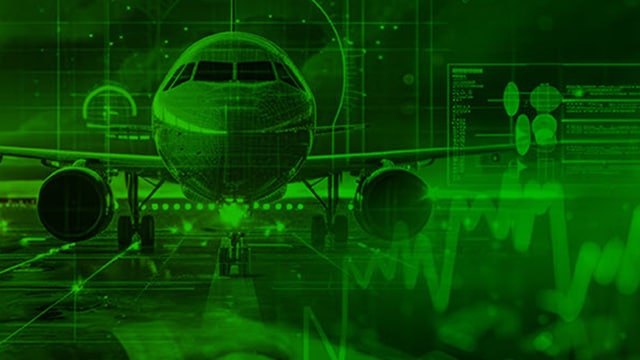The power of a mainframe modernization and cloud migration strategy has been saved

Close
Cross-industry

Close
Financial Services

Close
Financial Services

EngineeringBeat: Transforming mainframe modernization for investment & wealth management firms
false

Close
Life Sciences & Health Care

Close
Consumer

EngineeringBeat: Powering legacy system modernization for retail and consumer products organizations
false

Close
Consumer

EngineeringBeat: Accelerating mainframe modernization in transportation and hospitality
false

Close
Financial services

EngineeringBeat: Navigating mainframe modernization complexity in banking and capital markets
false









